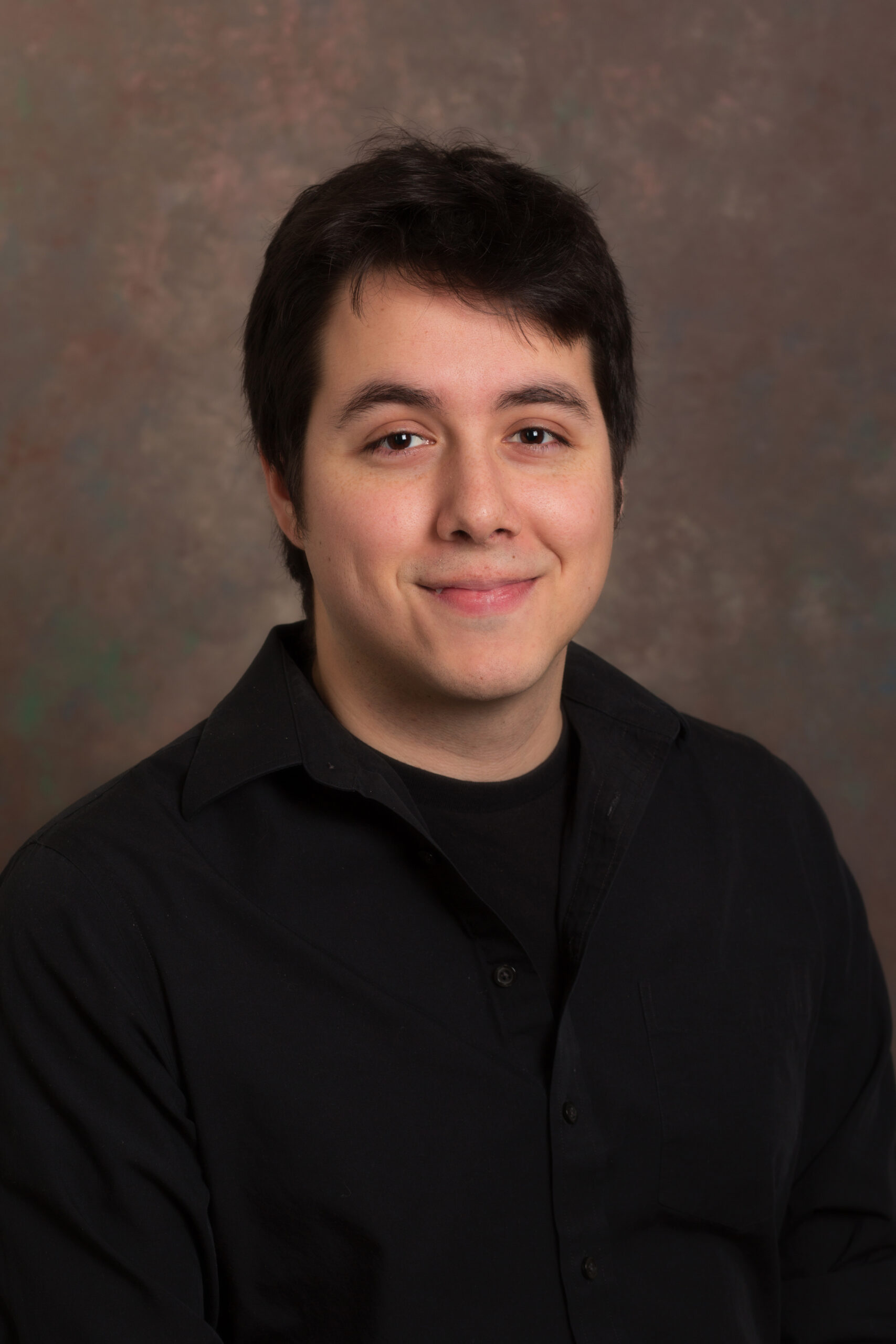BME PhD Candidate, Omar Ambrocio Banda, will be defending his dissertation
TITLE:
Reference-free Traction Force Microscopy to Investigate Cell Adhesion and Mechanotransduction
When: Thursday, October 29, 2020 @ 9:00 am
Where: Zoom Meeting: https://udel.zoom.us/j/95950766250 Password: BANDA
Committee Chair: John Slater, PhD
Committee: Dawn Elliott, PhD, Jeffrey Caplan, PhD, Darrin Pochan, PhD
ABSTRACT:
Physical stimuli present in the extra-cellular domain influence cell-fate decisions. Understanding the mechanisms of these signaling pathways may provide better strategies for guiding cell-fate decisions in clinically relevant cell populations. In these populations, batch-to-batch variations between cellular doses negatively impact both consistency and efficacy of therapeutic doses of cells. Altogether, this results in reduced numbers of emergent therapies in clinical trials. Of the many types of mechanical stimuli which can affect cells, one promising avenue capable of clinical intervention has been control of the physical properties of the substrate on which cells are cultured. Substrate properties such as stiffness and adhesive ligand presentation dictate how cells can adhere and have demonstrated impacts on important cell-fate decisions, such as cellular proliferation and differentiation. While the mechanisms of this route of mechanotransduction are not well understood, it is evident that signaling through these pathways requires cell adhesion to the substrate followed by cytoskeletal contraction. The overall goal of this research is to design, develop and validate a platform capable of approximating the magnitude of these contractile forces to determine the relationship between cell generated forces and cell-fate decisions.
The first objective of this research was to develop a physical platform capable of recapitulating physical aspects of native extra-cellular matrix, including stiffness and ligand presentation, in a tunable way. In addition, the platform needed modular support for fiducial marks which could be used for identifying deformations in the materials. These design criteria were accomplished using a light catalyzed poly(ethylene glycol) diacrylate (PEGDA) hydrogel system, coupled with multiphoton lithography to generate fiducial markers within a base PEGDA hydrogel. We demonstrate the versatility of this system to generate a wide variety of fluorescently labeled cellular substrates with tunable stiffness and ligand presentation. We debut the platform’s capabilities by demonstrating control over adhesive-ligand concentrations as well as spatial distribution to control cell adhesion in various cell types, while simultaneously supporting fluorescent tracking of substrate deformation.
The second objective of this research was to develop the software tools necessary for high-throughput analysis of cell-generated forces. Existing platforms to study cellular traction forces—collectively referred to as traction force microscopy (TFM)—all suffer from low experimental throughput, often as low as 1-5 cells per sample. While there are many contributors to this low yield, the majority of these contributing factors can be circumvented through the implementation of reference-free schemata in place of traditional approaches. We highlight here several reference-free solutions made possible using computer algorithms to identify, catalogue, track and predict fiducial marker location and reference coordinates. Using these computational methods, we demonstrate the full implementation of a reference-free TFM platform with a competitive resolving power for cellular tractions. We demonstrate the inherent compatibility of this platform with existing computational methods for the conversion of marker displacements to material stresses and cellular tractions. We also demonstrate the ability to generate these traction profiles in a fully automated and high-throughput manner.
The final objective of this research was to implement the platform to approximate cell-generated forces alongside measures of activation of Focal Adhesion Kinase (FAK). FAK is a signaling kinase found in focal adhesions and is associated with regulation of cell-fate decisions such as migration, proliferation, and differentiation. Simulations of FAK interactions, as well as single protein force measurements, suggest that FAK kinase activity may be linked to the application of force across its structure after incorporating into focal adhesions. If true, FAK may serve as an early mechano-sensor in a variety of pathways. Here we demonstrate the ability to measure FAK phosphorylation at the pFAK576/577 Tyr residues with simultaneous measures of cellular traction. We demonstrate that these measures can be performed with sufficient accuracy and high-throughput to make meaningful conclusions about mechanotransduction in cellular models. We are the first to report that FAK phosphorylation is upregulated during early cell spreading, coinciding with increased stress on focal adhesions. While further testing is needed to verify our hypothesis linking adhesion tension to pFAK, these results and the methodologies presented here will guide future studies into the function of FAK as an early mechanosensor and provide the framework to explore other mechanically active proteins, such as paxillin.
Altogether, this work satisfies the need for platforms capable of supporting quantification of cell generated forces paired with measures of protein recruitment and activation. The knowledge gained from these studies will fuel the development of better strategies to isolate, culture and expand clinically relevant cell populations for cell-based therapeutics.

